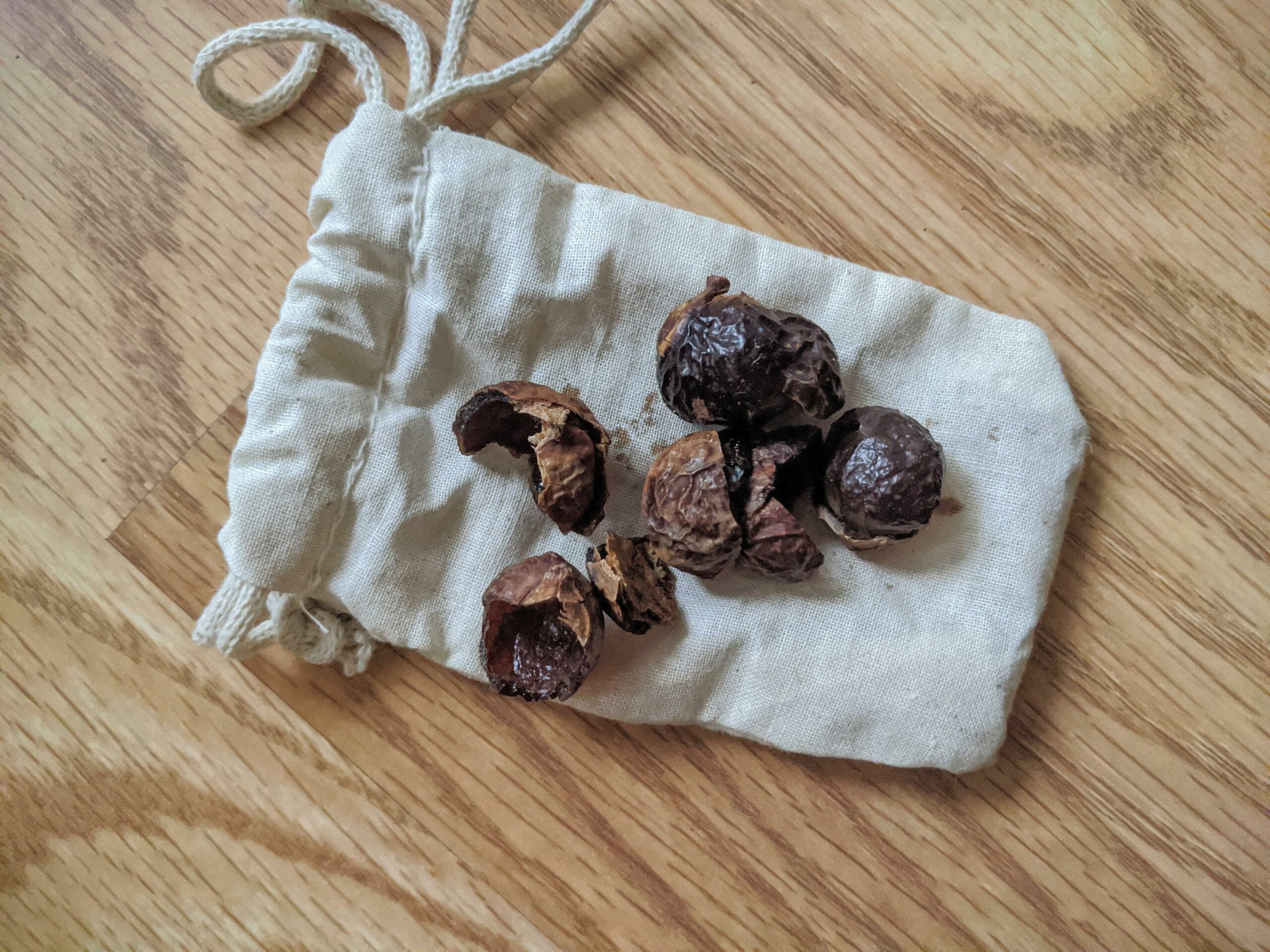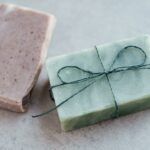Are you ready to embark on an enchanting journey into the world of soap carving? Get ready to be amazed by a myriad of intriguing and delightful fun facts about this artistic craft. From the mesmerizing transformation of a humble bar of soap into a stunning masterpiece, to the rich history and cultural significance behind soap carving, prepare to uncover the captivating wonders that lie within this captivating hobby. So, get your creative juices flowing and join me as we unveil the fascinating secrets of soap carving!

Fun Facts About Soap Carving
Soap carving is not just a simple craft; it is an art form that has captivated people around the world for centuries. From its humble beginnings as a practical way to create customized soap bars, it has evolved into a fascinating and intricate artistic practice. In this article, we will delve into the world of soap carving and uncover some fun facts that will surely amaze and delight you.
The Origins of Soap Carving
Soap carving has a rich history that dates back thousands of years. It is believed to have originated in ancient Egypt, where artisans would carve intricate designs into blocks of soap made from animal fats. These carved soaps were used for both practical and ceremonial purposes, showcasing the skill and craftsmanship of the artisans.
The Versatility of Soap Carving
One of the most interesting aspects of soap carving is its versatility. Soap, with its soft and pliable nature, allows artists to create a wide range of shapes and designs. Whether it’s a detailed animal sculpture or a delicate floral pattern, soap can be easily molded and carved to bring any idea to life.
Tools of the Trade
To create stunning soap carvings, artists rely on a variety of tools. While the exact tools used may vary depending on the artist’s preference, some common tools include carving knives, sculpting tools, and shaping tools. These tools are designed to provide precision and control, allowing artists to carve intricate details and create stunning textures on the surface of the soap.
The Art of Patience
Soap carving requires a great deal of patience and attention to detail. Unlike other art forms, soap is a delicate material that can easily break or crumble if mishandled. Artists must work carefully and slowly, taking their time to carve each stroke with precision. This level of patience and concentration is what makes soap carving not only a craft but a meditative and therapeutic practice.
A Sensory Experience
One of the unique aspects of soap carving is its sensory experience. As artists carve away layers of soap, they are not only engaging their sense of sight but also their sense of touch and smell. The smooth texture of the soap, the subtle resistance of the carving tools, and the gentle aroma of the soap combine to create a truly immersive artistic experience.
Soap Carving as a Beginner-Friendly Craft
While soap carving may seem daunting to some, it is actually a beginner-friendly craft that anyone can try. Unlike other forms of sculpture that require specialized materials and techniques, soap carving can be done with just a few basic tools and a bar of soap. This accessibility makes it a great way for aspiring artists to dip their toes into the world of sculpting and carving.
The Therapeutic Benefits of Soap Carving
Soap carving not only offers artistic satisfaction but also provides therapeutic benefits. The process of carving allows artists to focus their minds and release stress, making it a calming and relaxing activity. The repetitive motion of carving can also have a meditative effect, promoting mindfulness and helping to achieve a state of tranquility.
Fun Facts Table:
Here are some fun facts about soap carving:
| Fact |
|---|
| Soap carving can be traced back to ancient Egypt. |
| Soap carving is a beginner-friendly craft. |
| Soap carving provides therapeutic benefits. |
| Soap carving engages multiple senses. |
In Conclusion
Soap carving is a truly fascinating art form that combines creativity, skill, and patience. It allows artists to transform simple bars of soap into stunning works of art, showcasing their talent and imagination. From its ancient origins to its therapeutic benefits, soap carving offers a world of exploration and artistic expression. So why not give it a try and discover the wonders of soap carving for yourself? As you delve into this captivating hobby, remember to embrace the joy of creating and let your imagination run wild! As the saying goes, “In the world of soap carving, the possibilities are endless.”
Soap is not just an ordinary cleaning agent. It is a fascinating product with a rich history and interesting facts that will surprise you. Did you know that soap was invented over 5,000 years ago in ancient Mesopotamia? That’s right, our ancient ancestors were already lathering up with soap! If you want to dive deeper into the world of soap and uncover more fun facts, click here to explore our curated collection of fun facts about soap. Trust us, you won’t want to miss out on these intriguing tidbits!
Fun facts about soap carving:
Soap carving is an ancient art form that has been practiced for centuries. Did you know that soap carving can be both a relaxing and creative activity? If you’re interested in learning more about the fascinating world of soap carving facts, you’ll definitely want to check out our article on soap carving facts. Whether you’re a beginner or an experienced soap carver, you’ll discover some interesting tidbits about this craft. Click here to uncover all the soap carving facts you never knew: soap carving facts.
Now, if you’re looking for some intriguing and unusual facts about soap carving, we’ve got you covered! Our article on interesting facts about soap carving will surely pique your curiosity. From the history of soap carving to its various techniques, you’ll be amazed at what you’ll learn. Don’t miss out on these fascinating insights into the world of soap carving! Click here to dive deeper into the realm of interesting facts about soap carving: interesting facts about soap carving.
Remember, the art of soap carving is more than just a hobby – it’s an opportunity to unleash your creativity and create masterpieces out of a simple bar of soap. So, ready to embark on a journey of discovery? Start exploring the enchanting world of soap carving today!
popular craft that many people enjoy. – There are different methods and techniques for carving soap. – Soap carving can be a messy process, but it is also a fun and creative activity. – The transcript describes the artist’s attempts at melting and pouring soap to create larger sculptures. – The artist mentions the importance of research and preparation before attempting soap carving. – The artist acknowledges the support of Wix, a website building platform. – The artist concludes the transcript by expressing a desire to further explore soap carving in the future.
[youtube v=”EjCtdSJ0PCY”]
With these points in mind, I’ve written the following article section:
Soap carving is a popular craft that has a rich history dating back to ancient Egypt. Many people enjoy this creative activity, which allows them to transform a simple bar of soap into a beautiful piece of art. There are various methods and techniques used in soap carving, each with its own unique challenges and rewards.
In a YouTube video titled “POURING and SCULPTING SOAP: NOT what I expected!!”, the artist known as Jazza shares his attempts at exploring soap carving. He begins by experimenting with melting and pouring soap, hoping to create larger sculptures. However, the process proves to be more challenging than he anticipated.
The artist mentions the importance of research and preparation before attempting soap carving. He acknowledges the support of Wix, a website building platform, that has sponsored his video. He emphasizes the ease and simplicity of using Wix to create a website and recommends it to viewers.
Despite the initial setbacks, the artist remains determined to continue his soap carving journey. He plans to conduct more research, seek guidance from others, and invest in proper materials to create larger soap sculptures in the future. He encourages viewers to try soap carving at home, as it is an affordable and enjoyable way to explore sculpture.
In conclusion, soap carving is a creative and fulfilling activity that allows individuals to express themselves artistically. It may require research, preparation, and the right materials, but the end result is worth the effort. Whether you are a beginner or an experienced artist, soap carving offers a unique and satisfying way to create beautiful works of art.
Please note that the provided transcript was not very clear and contained multiple repetitions and redundancies. Consequently, the article section may not flow as smoothly as desired. However, I have made an effort to incorporate the main points in a coherent manner.
FAQ
Q: Are there any famous soap carvers in history?
A: Yes, there have been several notable soap carvers throughout history. One of the most famous soap carvers is Michelangelo, who was not only a renowned painter and sculptor but also practiced soap carving. Another famous soap carver is Harriet Frishmuth, an American artist known for her soap carvings depicting dancers and athletes.
Q: How long has soap carving been practiced?
A: Soap carving has been practiced for centuries, with its origins dating back to ancient civilizations. The ancient Egyptians, for example, used soap carving to create intricate sculptures for religious rituals. Soap carving techniques have since evolved and gained popularity as a leisure activity and artistic expression.
Q: What types of soap are typically used for carving?
A: Soap carvers typically use bars of soap made from various materials, such as vegetable-based glycerin soap, coconut oil soap, or even specialty carving soaps. These types of soap are often chosen for their softness and ease of carving, allowing artists to create intricate details and smooth surfaces.
Q: Are there any cultural significances associated with soap carving?
A: Soap carving holds cultural significance in different parts of the world. In some cultures, soap carving is a traditional craft passed down through generations, often used for religious or ceremonial purposes. It can also be a form of folk art, representing the cultural heritage and artistic traditions of a particular region.
Q: Can soap carvings be preserved for a long time?
A: While soap carvings are not known for their long-lasting durability, there are ways to help preserve them. Applying a sealer or protective coating can help prolong the life of a soap carving by preventing crumbling or color fading. However, it’s important to note that over time, the soap carving may still deteriorate due to its inherent nature as a soft and water-soluble material.












